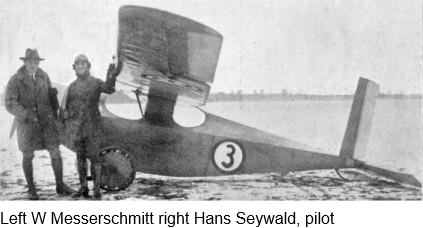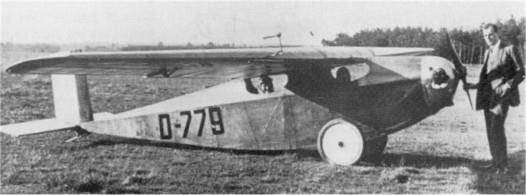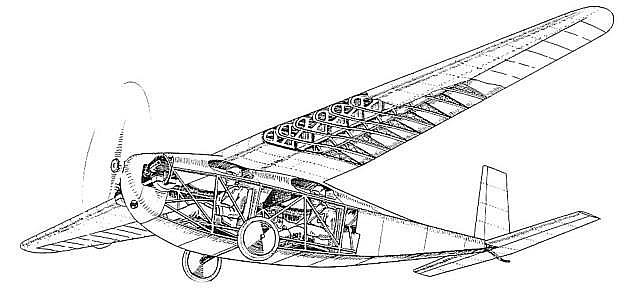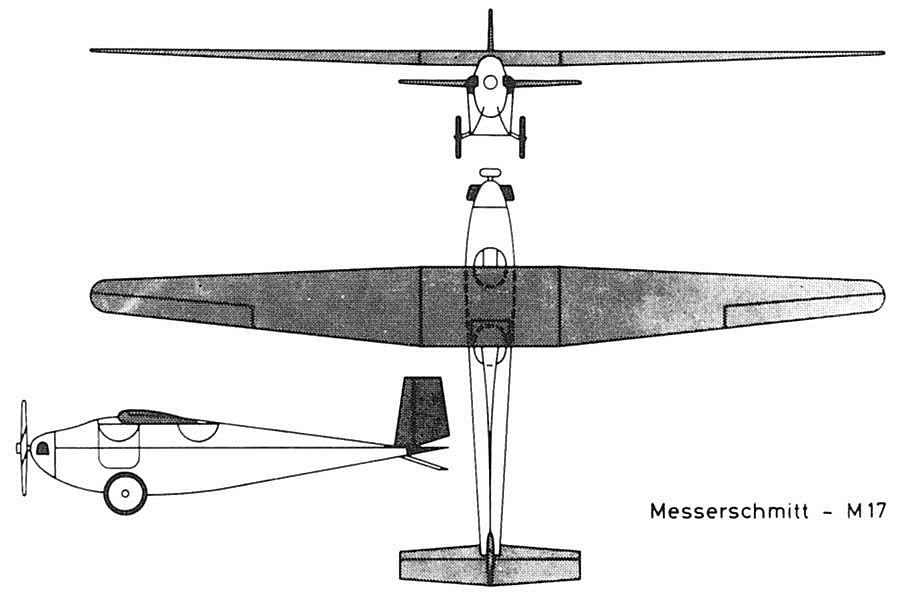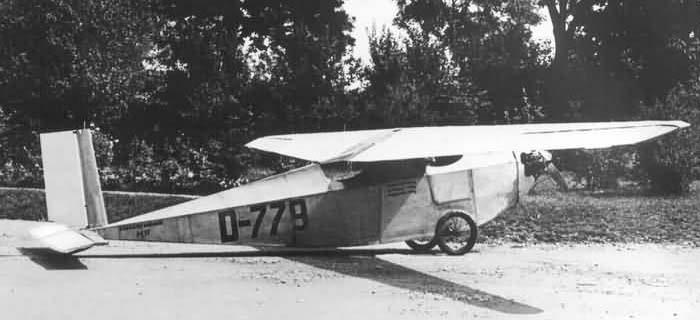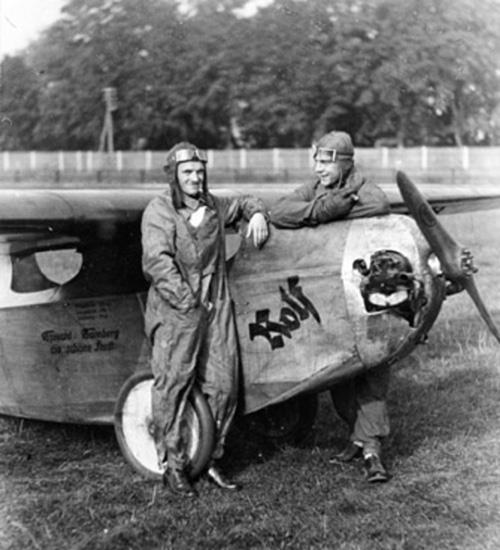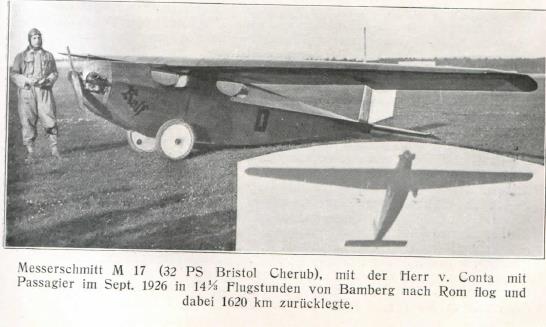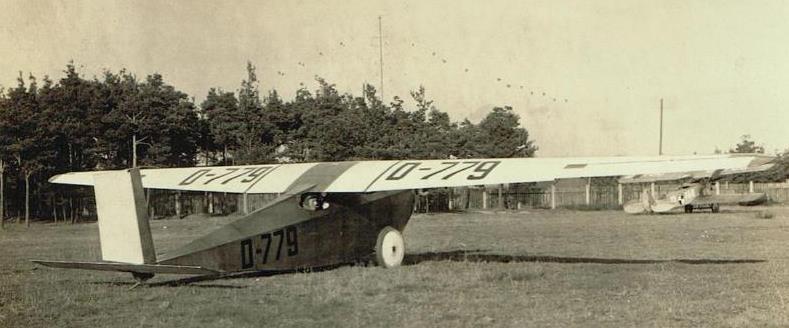| Type |
Werk.Nr |
Registration |
History |
| A |
20 |
|
The Douglas engine taken from the S 16b. Took part in the Zugspitzflug in Jan. 1925 (Competion number 3) |
|
21 |
|
"Ello". ABC Scorpion engine. Took part in the Oberfrankenflug April 1925 |
|
22 |
|
Engine Jurisch/24TT250. Sold to Firma Jurisch-Pipping, Leipzig |
|
23 |
D-613 |
ABC Scorpion, later Bristol Cherub. Took part in the Deutscher rundflug 1925 (Pilot H. Hackmack) |
|
24 |
D-612 |
ABC Scorpion .Took part in the Deutscher Rundflug 1925 (Pilot H. Seywald). Delivered middle of 1925 to W. Kober, Berlin. From Dec. 1932 to F. Götz, Berlin |
|
25 |
D-779 |
Bristol Cherub. Kept by the company. In Febr.1928 registered to Sportflug GmbH für Mittelfranken und Oberpfalz, Fürth. Now preserved at the Deutschen Museum, München |
|
26 |
D-887 |
"Rolf". First ABC Scorpion, later Bristol Cherub. Sold to R. Weyermann, Bamberg. Used by Eberhard von Conta In September 1926, pilot Eberhard von Conta, and the writer Werner von Langsdorff flew from Bamberg to Rome. This marked the first time the central Alps were crossed with a light aircraft. The flight lasted more than 14 hours and they had to refuel every three hours, since the tank could only hold 28 L (7 US gal). They reached an altitude of 4,500 m (14,760 ft). |
